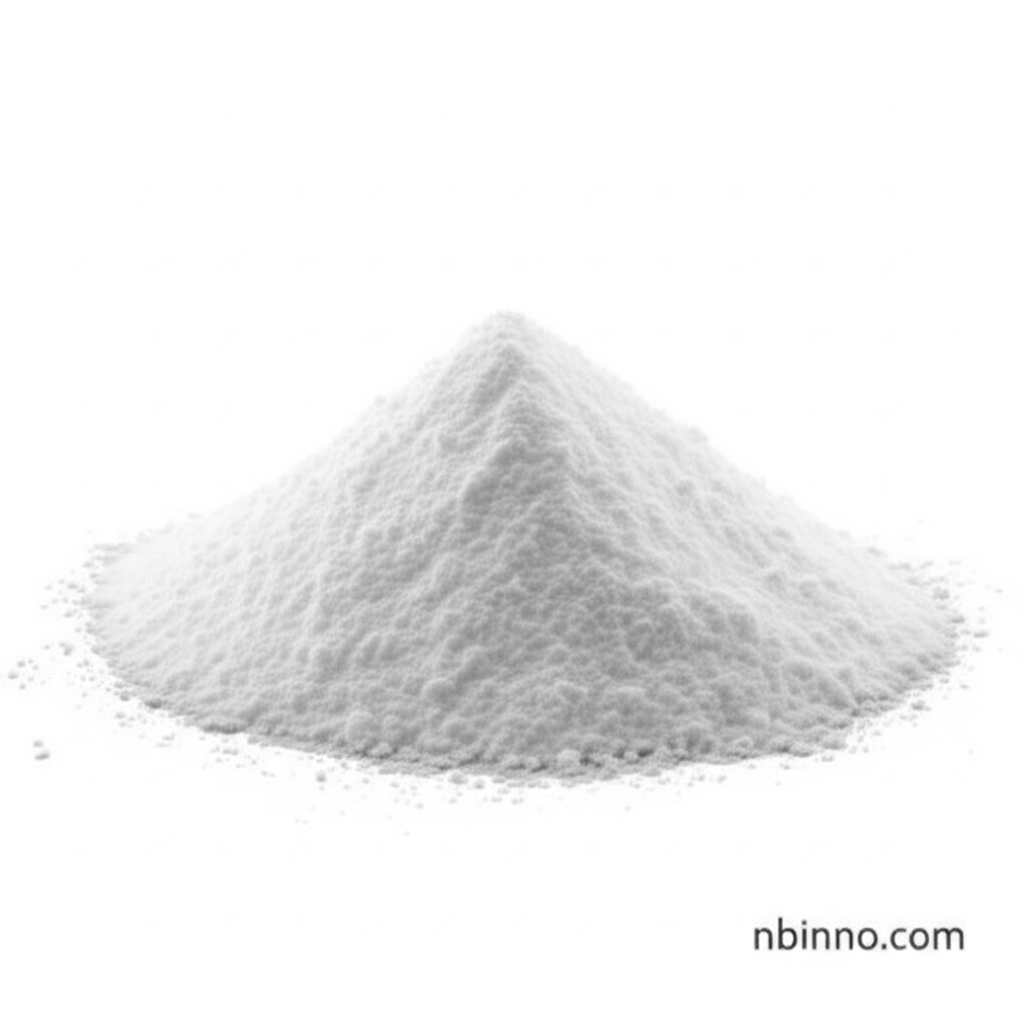1,3-Diphenylguanidine (DPG): A Key Rubber Accelerator and Its Industrial Applications
Unlocking efficient rubber vulcanization with a proven chemical accelerator.
Get a Quote & SampleProduct Core Value

1,3-Diphenylguanidine
1,3-Diphenylguanidine, commonly known as DPG, is a vital chemical compound primarily recognized for its role as a medium-speed accelerator in the rubber industry. It significantly enhances the vulcanization process, leading to improved mechanical properties and durability in various rubber products. Its effectiveness as an activator for thiazole, thiuram, and sulfamide accelerators makes it a versatile component in rubber formulations.
- The efficacy of 1,3-Diphenylguanidine as a medium-speed rubber accelerator is crucial for achieving optimal vulcanization times and product quality in tire manufacturing.
- Understanding the chemical properties of 1,3-Diphenylguanidine is essential for formulators seeking to optimize rubber compound performance.
- DPG rubber vulcanization processes benefit from its ability to activate other accelerator systems, allowing for tailored curing characteristics.
- Safe handling practices for DPG are paramount due to its potential as a contact allergen, as highlighted by research on rubber accelerator allergies.
Key Advantages Offered
Enhanced Vulcanization Efficiency
DPG acts as a critical rubber vulcanization agent, speeding up the cross-linking process and improving the overall efficiency of sulfur curing systems.
Versatile Application
This 1,3-Diphenylguanidine accelerator finds broad use across various rubber products, including tires, industrial rubber goods, and footwear, showcasing its widespread industrial uses.
Improved Product Performance
By optimizing the vulcanization process, DPG contributes to enhanced physical properties of rubber, such as elasticity, tensile strength, and aging resistance.
Key Applications
Tire Manufacturing
The use of DPG rubber vulcanization is fundamental in producing high-performance tires, ensuring durability and safety through optimized curing.
Industrial Rubber Goods
From conveyor belts to seals, this accelerator is integral to the manufacturing of various industrial rubber products, enhancing their longevity and performance.
Footwear Production
DPG contributes to the flexibility and durability of shoe soles and other rubber components in footwear, meeting consumer demands for quality and comfort.
Plastic and Coating Formulations
Beyond rubber, 1,3-Diphenylguanidine finds utility as a plastic additive and in coating formulations, demonstrating its broader chemical auxiliary roles.
Related Technical Articles & Resources
Why Choose Us?
Leverage our expertise and state-of-the-art infrastructure to accelerate your journey from discovery to commercial success.
Global Experience
With 20 years of R&D, manufacturing, and sales experience, we proudly serve clients across 60 countries and regions worldwide.
Advanced Facilities
Our in-house R&D laboratory, pilot platform, and large-scale production workshop are equipped to meet the audit requirements of global customers.
Seamless Scalability
We facilitate a perfect transition from small-scale lab requirements (grams) to full commercialization (hundreds of tons).
